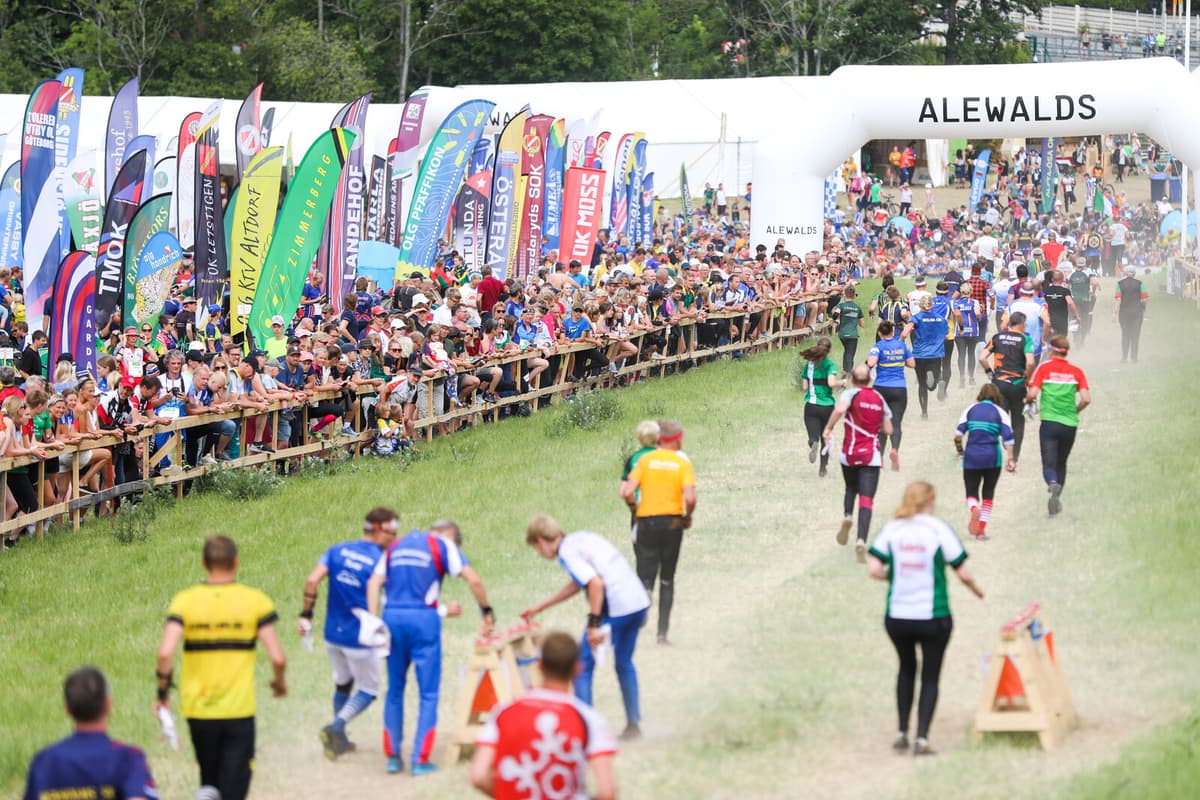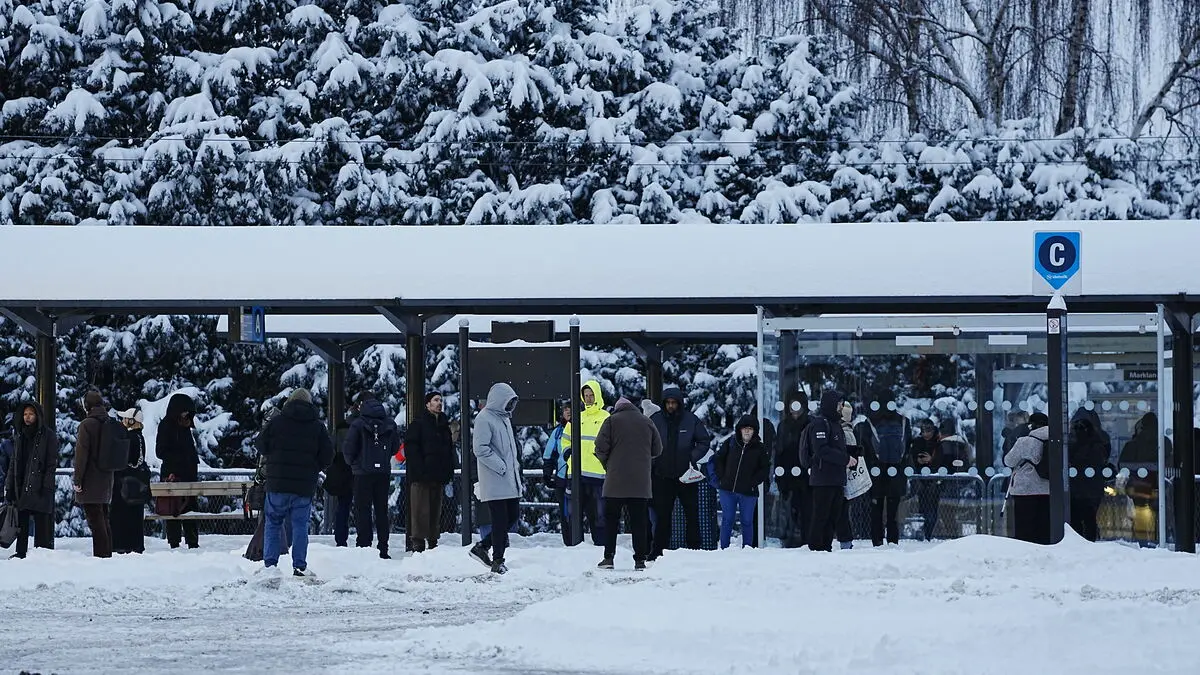O-ringen has been a Swedish sports classic and an economic engine for Swedish orienteering.
In the 1980s, the competition attracted a maximum of 25,000 orienteers. They ran all five days.
In recent years, the number of participants has fluctuated around the 20,000 mark, where several of the registered participants have participated in individual days.
Before this year's edition of O-ringen, there were hopes for a participant-based boost since Jönköping is located where many orienteers live. But a few days before the opening, only 12,344 orienteers had registered, despite the fact that O-ringen's parent company introduced several smaller competitions and events in parallel with the main event to attract more participants.
Fewer in the future
Susanne Maarup, association manager of the Swedish Orienteering Federation, signals that the orienteering sport may have to accept a future O-ringen with significantly fewer participants:
It's an alternative. If you think ahead, it may not be realistic that we should have an O-ringen with 25,000 participants, considering the forest, transportation, and area for camping. Then we have to adapt the suit to how big O-ringen should be.
How does it affect the association's economy?
O-ringen is important because it is the flagship and contributes to the economy, but not crucial. But O-ringen must absolutely not go with minus figures. The example of Åre (2023), which went economically backwards, was not good for us, replies Maarup.
Adjustments in the budget
It requires between 13,000 to 15,000 participants for an edition of O-ringen to work out. Therefore, Mikael Jansson, event manager in O-ringen's central company, hopes that orienteers spontaneously participate in at least one stage.
I'm not worried. We've made some adjustments (in the budget), says Mikael Jansson and explains why there were few participants:
This year, we had limited camping, which is a factor that makes the number of participants not as high. We may not have believed that camping would have such a big impact on participation.
In the coming years, O-ringen will be held in Göteborg (2026), Stockholm (2027), Sundsvall (2028), Borlänge (2029). This makes Mikael Jansson hopeful when it comes to participants:
We have some exciting years ahead of us. They are attractive places.
Number of participants in O-ringen in recent years:
2025: Jönköping 12,344
2024: Oskarshamn: 19,854
2023: Åre: 16,242
2022: Uppsala: 20,271
2019: Kolmården: 21,171
2018: Örnsköldsvik: 17,642
2017: Arvika: 15,127
2016: Sälen: 24,313
2020 and 2021, O-ringen was not arranged due to the corona pandemic. Source: O-ringen's website






